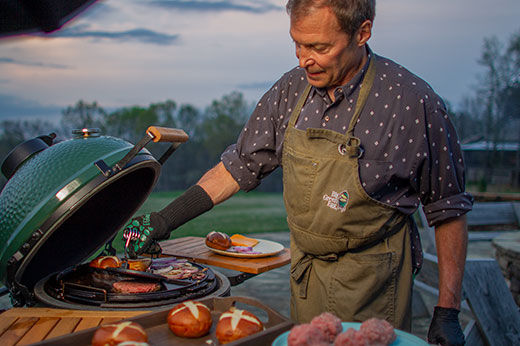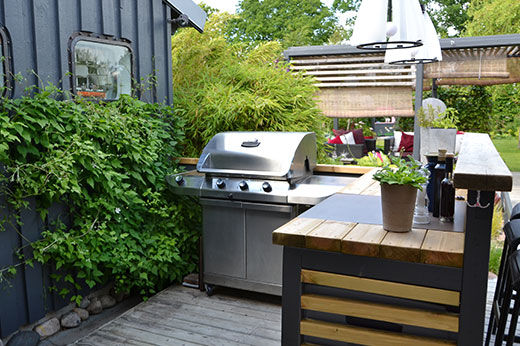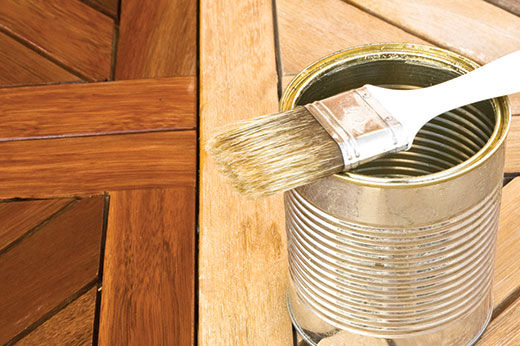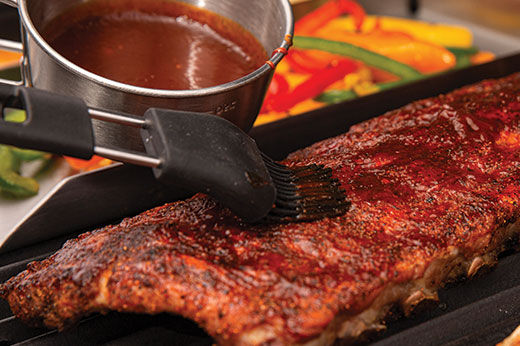Bicycle Maintenance 101 - How to Tune up Your Bike
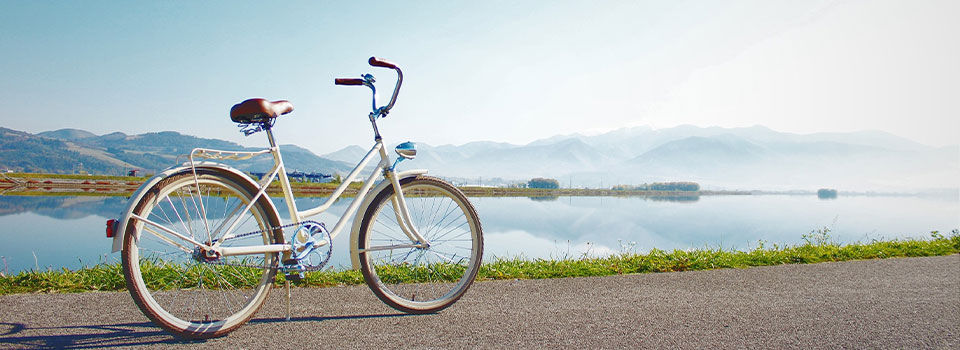
Before jumping on your bike and hitting the road, there are a few things you should do. Regular inspections could help prevent damage to your bike and injury to yourself. Scheduled maintenance and tune-ups will also ensure your bike's longevity. Here are some pre-riding measures you should take before hitting the road.
1. Check Air Pressure
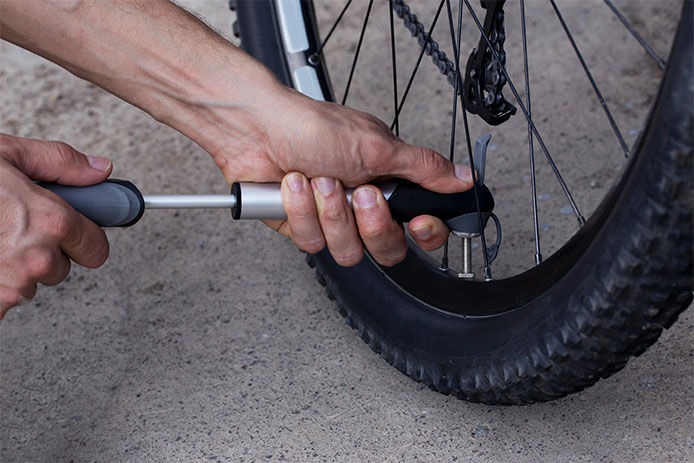
2. Test and Adjust Your Brakes
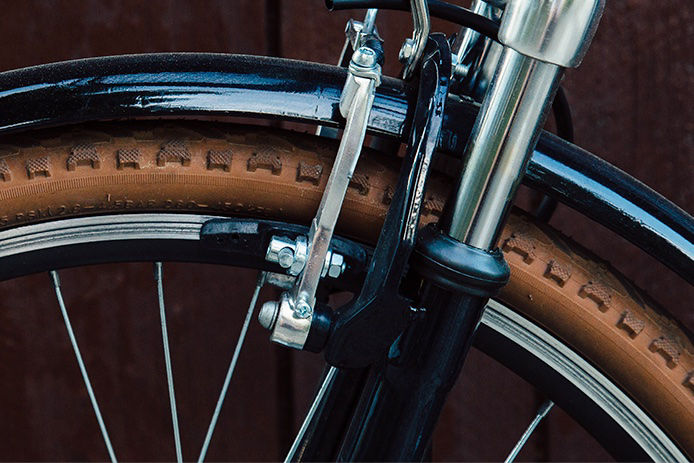
Squeeze your brakes, front and back levers to make sure they are properly and smoothly working. Adjust the brake pads so they hit the center of the rim at equal pressure.
3. Lubricate the Chain
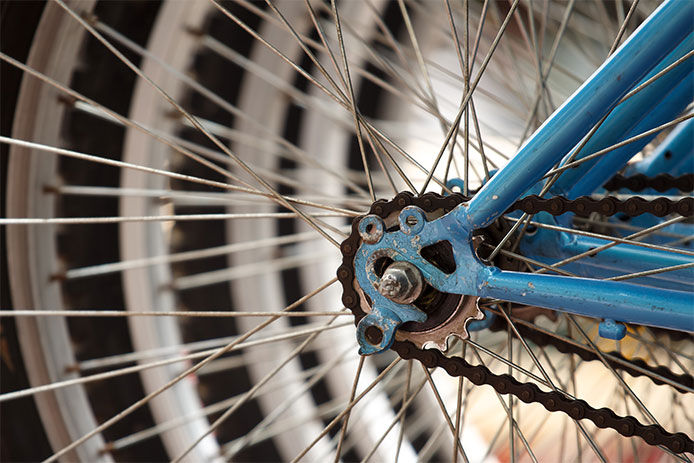
Lubricate your chain and gears to ensure your bike shifts easy from one gear to another. Lubrication will help extend the life of your chain and drivetrain.
4. Tighten up the Bolts
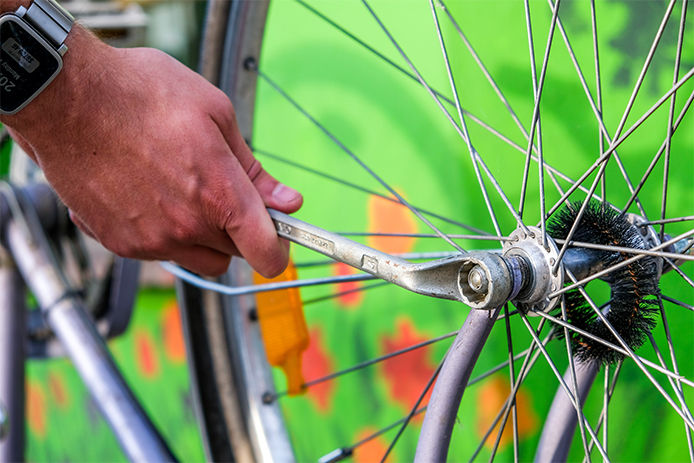
There are many nuts and bolts that hold a bike together. Keeping them properly tight can help with performance and reduce wear and tear. Be sure to check with the manufacturer’s specs for proper torque; over-tightening can lead to component damage and failure.
5. Clean Your Bike
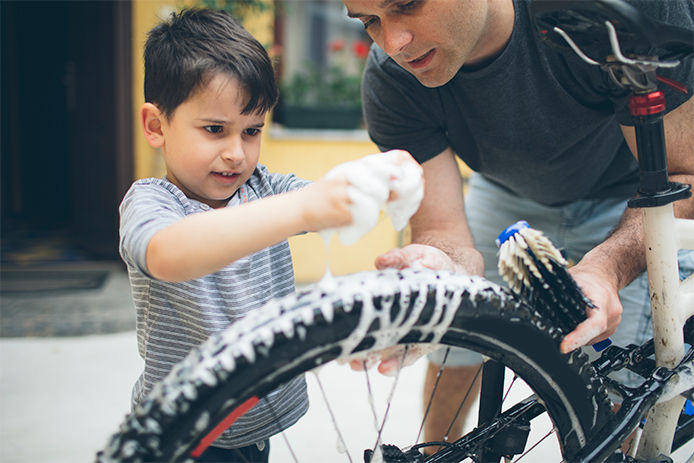
Cleaning your bike regularly doesn’t only make it sparkle, it keeps it running smoothly. The more you ride your bike the more cleaning it needs, especially in wet or muddy conditions. Keeping a clean bike will help prevent rust and corrosion. Some basic supplies for cleaning include: rags, brushes, water, soap, and degreaser. Using soap, water, and the brushes, scrub down the frame and hard to reach spokes and bearings, then wipe clean with the rags. Use the degreaser (avoid kerosene or turpentine) for gummy parts, like the bike chain. Once cleaning is completed, apply lubrication.
6. Lubricate Bike Components
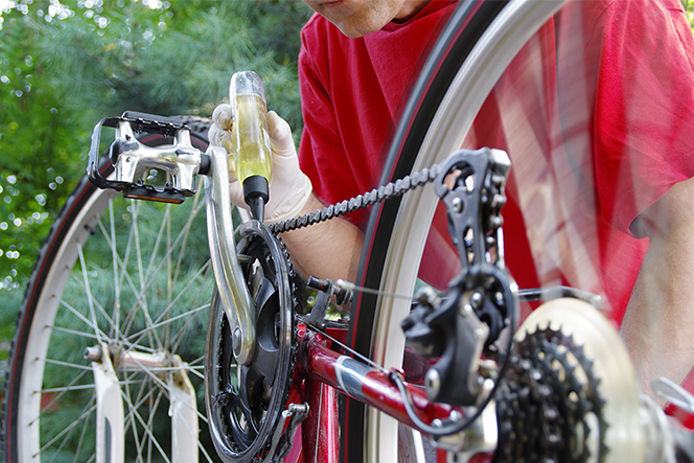
Lubricating bike components is crucial for performance, but over-lubricating your bike can lead to poor performance, attracting more dirt and abrasive particles. Always wipe away excess lube before riding your bike. There are two types of lubrication, wet and dry. Wet is best for riding in wet conditions. It holds well to the chain and drivetrain, and doesn’t rinse off in the rain. Dry lubrication is better for dry conditions, with dirt and grit less likely to stick, but rinses off in the rain.
With your bike clean and properly lubricated you are ready to hit the road. Make sure to use safety precautions and always wear a helmet. Ride on down to your local Do it Best store for all your bike needs.
